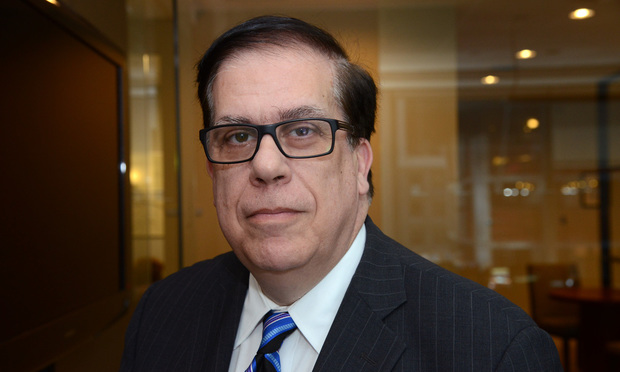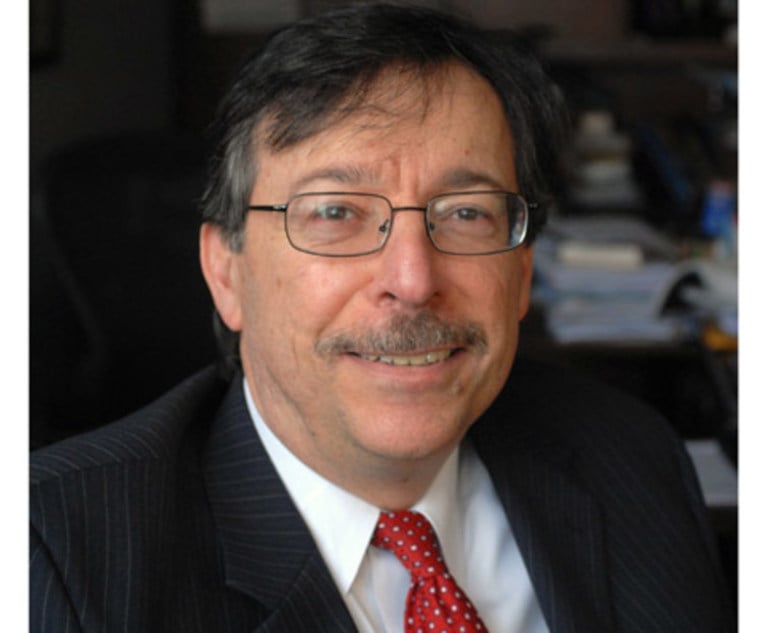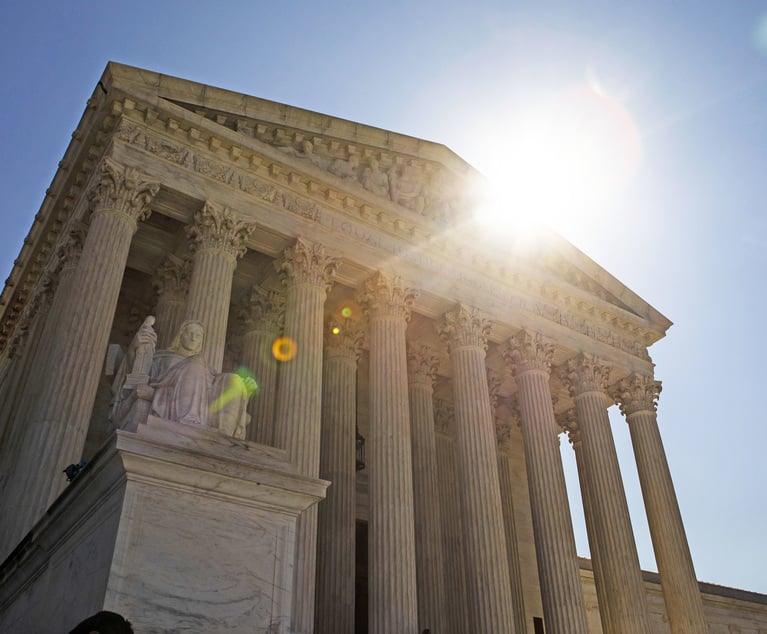Many litigants rely on expert testimony as an important evidentiary aid in proving or defending their cases. The point of expert testimony is to provide information not within the ordinary scope of a lay jury’s knowledge that will assist them in making an informed decision as to any medical or other scientific evidence particularly as it relates to causation of injuries. As the Court of Appeals noted in Dufel v. Green, 84 N.Y. 2d 795, 622 N.Y.S. 2d 900 (1995), “(a) medical judgment on the seriousness of plaintiff’s injury when the jury may not be able to resolve the question without expert opinion evidence is consistent with…legislative intent.”
The Science of Biomechanical Engineering
Biomechanical Engineering is the application of mechanical engineering principles to the human anatomy and physiology. It is the study of what bones, joints, intervertebral discs, ligaments cartilage etc. are made of and how these components of the human body move and function, what types of forces and stresses these body components are subjected to and what types of forces, stresses and motions would cause these body components to exceed their natural physiological limits. A similar but more succinct judicial definition of biomechanics is found in McDonald v. Colonial Steel, (Sup. Ct. Kings Co. 2006) where Justice Marc Partnow, (quoting a biomechanical expert at trial), stated that biomechanics is “the application of engineering principles to the functioning of the human body.” No less an authority than “The Reference Manual on Scientific Evidence” which is published by the Federal Judicial Center of the National Research Council of The National Academies (3rd Edition – 2011) states as follows on page 942: “Common personal injury cases may also present issues on which engineering testimony may be helpful. Such disputes often turn on testimony as to how a particular trauma occurred. Our discussion of biomechanical engineering highlights some of the issues. In a car accident case, properly qualified engineers may provide opinion testimony regarding how an accident occurred; including reconstructing the conduct of each of the parties and how that conduct affected the accident.”


 Steven Balson-Cohen. Courtesy photo.
Steven Balson-Cohen. Courtesy photo.




